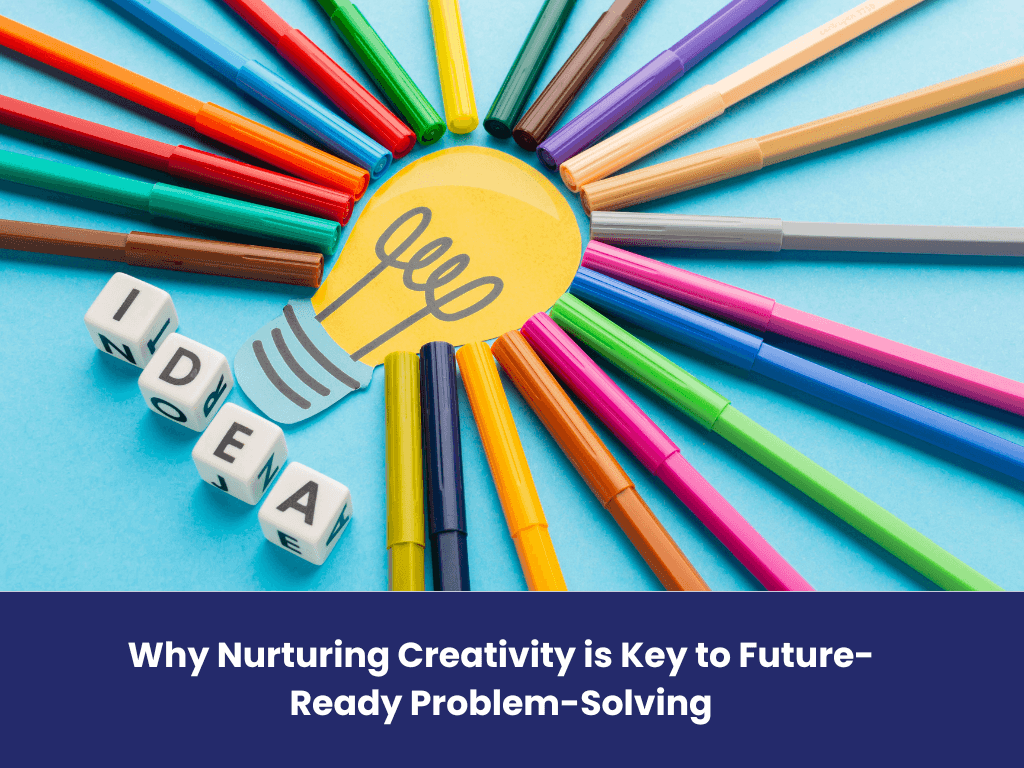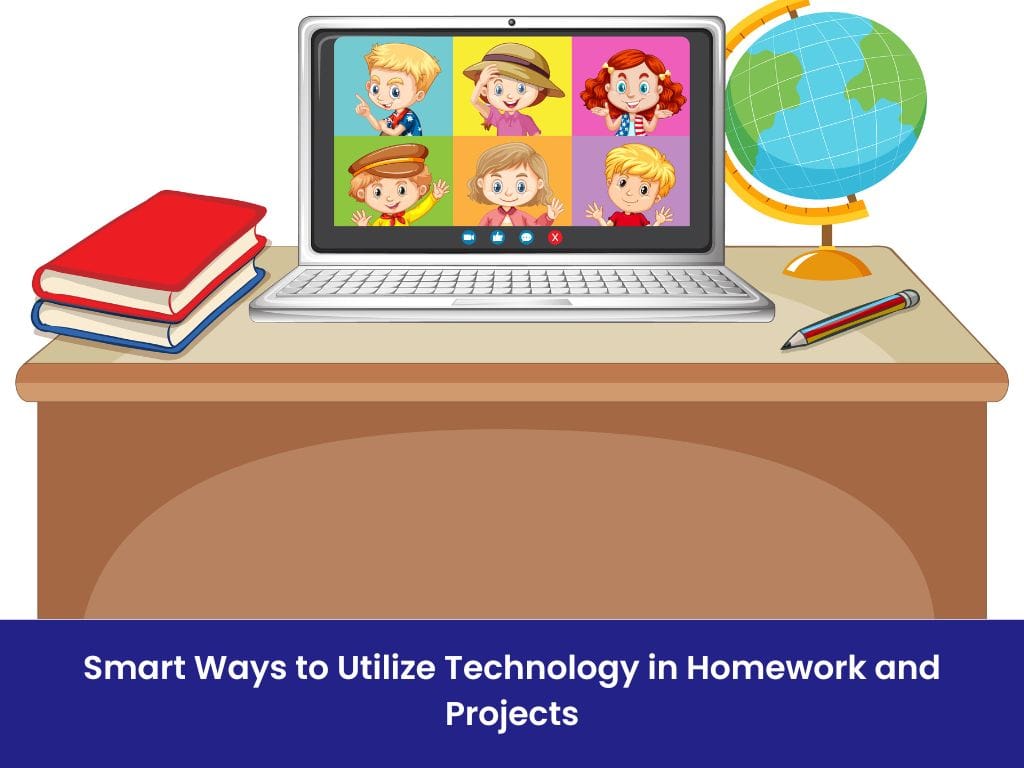From Chalkboards to Smartboards: How Teaching Tools Have Evolved
Introduction
In the diverse and rich history of education, the teaching tools employed by educators have undergone a revolutionary change. From the early slate boards to today’s advanced smartboards, teaching tools have evolved a great deal to reflect technological changes, shifting pedagogies, and the changing needs of students. It’s not just about the replacement of chalk with electronic markers but a greater change that has revolutionized the teaching-learning process as such.
The Early Days: Slate and Chalkboards
The early formal learning situations used simple equipment. The students wrote with chalk or a stylus and slates, which could be wiped clean and reused. Large blackboards (or chalkboards) were used in class teaching in the 19th century. The teacher wrote on them for everyone to read and replicate. These boards were sophisticated for the times since they enabled teachers to show material to the entire class at once, producing a more organized, standardized learning environment.
However, chalkboards were not without their disadvantages. Chalk dust was not good for human health, and writing on the board was slow. Despite all these disadvantages, chalkboards became the icon of the classroom for over a century.
The Transition: Whiteboards and Overhead Projectors
By the late 1980s and early 1990s, chalkboards were being replaced by whiteboards. They were used with non-toxic markers and without dust, keeping classrooms cleaner and healthier. Around the same timeframe, overhead projectors were gaining popularity at schools and universities. These machines enabled educators to display transparencies of notes, charts, and other course work, further enhancing instruction clarity and student interest.
Overhead projectors were an evolution from purely static to more dynamic presentation of material. Teachers could write on the transparencies, mark points, or cover and reveal sections in stages to manage pacing. Basic by today’s technology, but they set the stage for more interactive devices.
The Digital Age Expands: Computers and Multimedia
The introduction of personal computers to the classroom in the 1990s also altered teaching practices. With learning programs, typing lessons, and math video games, computers offered an interactive learning experience. Students could learn at their own pace and receive immediate feedback for the first time.
Subsequently, multimedia technology in the form of CD-ROMs, video projectors, and DVD players enabled audiovisual learning. Science, geography, and history came alive in the form of videos, animations, and 3D images. Students understood complex concepts better and in an interesting way. Teachers could explain complex concepts better and in an interesting way.
St Wilfred’s School Jaipur, one of the Best School in Jaipur, was among the first to use such multimedia within the classroom, employing it to enhance lesson comprehension and computer literacy in its students.
Interactive Learning Comes to the Forefront: Smartboards
The following major innovation was the introduction of interactive whiteboards, or smartboards. These computer whiteboards, which appeared on the scene during the early 2000s, combined the functions of computer, projector, and whiteboard into a single device. Instructors could project internet content, annotate lessons in real time, display videos, and even send messages to students with a touch.
Smartboards revolutionized the teacher’s position to that of facilitator, not informer. Instead of writing facts on the board, teachers were now able to demonstrate science experiments, take virtual field trips, or demonstrate mathematical concepts through animation. The classroom became more interactive and collaborative.
The Modern Classroom: Tablets, Apps, and AI
The modern classroom is a mix of physical and virtual classrooms. In addition to smartboards, tablets, and educational programs, AI-based learning programs are also increasingly popular. These technologies tailor learning to the individual student, provide real-time testing, and adjust lessons accordingly.
For instance, computer programs based on AI can help students who struggle with mathematics by giving them simpler examples or altering the level of difficulty. Similarly, language learning apps now use speech recognition to help students with pronunciation. The emphasis is no longer on what is being taught, but on how well each child learns.
At St Wilfred’s School Jaipur, Jaipur’s top school, these resources are effortlessly embedded in classes by teachers, merging tried-and-true values with cutting-edge learning. Their classrooms are a harmony where storytelling coexists with screen sharing, and human touch is facilitated—nor hindered—by technology.
Benefits of Advanced Learning Tools
Engagement and Interactivity
Emerging technologies enable learning to be more experiential, visual, and interactive. Ideas are easier to understand when instead of listening or reading passively, students are able to interact with materials dynamically.
Inclusivity
Thanks to assistive technology like speech-to-text, screen readers, and dyslexic students’ individualized fonts, the classroom has never been more inclusive.
Real-Time Evaluation
Web pages and applications allow real-time polls, quizzes, and feedback, which allow teachers to measure understanding in real time and adjust instruction.
Access to World Resources
Those student days of being tied up with textbooks are gone now. With web-enabled tools, they can access world libraries, watch Nobel laureates explaining concepts, or take virtual museum tours.
Collaborative Learning
Cloud-based applications allow students to collaborate on projects, even remotely, so they can learn to collaborate in real team settings.
Obstacles on the Way
Digital Divide
Not all people have access to computers or home internet, which produces learning gaps.
Teacher Training
Tools are only as good as the people who use them. Teachers can underutilize or misutilize sophisticated tech if they are not well trained.
Screen Fatigue
Chronic screen usage can affect vision and reduce attention spans.
The Future of Teaching Tools
Classroom aids in the future will be increasingly intuitive and customized. Virtual Reality (VR) and Augmented Reality (AR) technologies are now being introduced into classrooms, allowing students to experience past events, journey through space, or virtually dissect frogs.
Gamification is also on an upward trend. Turning lessons into games increases motivation and solidifies learning through repetition and reward systems.
Meanwhile, AI instructors, voice assistants, and blockchain certificates are revolutionizing the learning world, allowing it to become more accessible and transparent.
Conclusion
The shift from chalkboards to smartboards is not just a change in technology—it’s an expression of changing educational philosophies. It is the shift from memorization to critical thinking, from teacher-centered to student-centered learning. Teachers today have the whole arsenal of technologies at their disposal to enable learning to be more effective, interesting, and interactive. Schools such as St Wilfred’s School Jaipur, Best CBSE schools in Jaipur, are taking the lead in utilizing these technologies without forgetting the human factor that enables education to make a difference. As we move forward into an increasingly digital future, there is one thing that never changes: the teacher as facilitator, mentor, and inspiration. Hardware will change, but the reason never will—to fire the minds of the curious and prepare students for a changing world.


